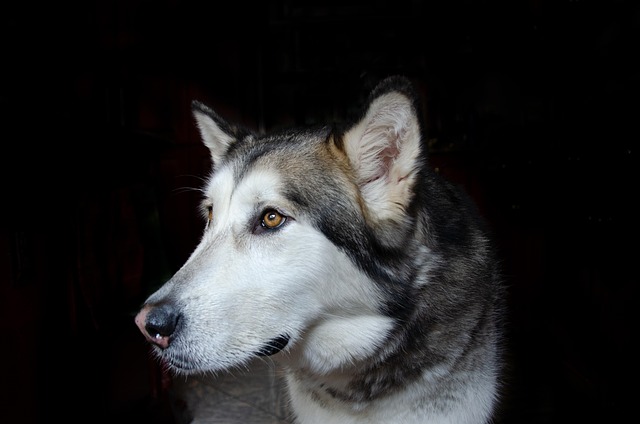
What are signs of a well-trained dog?
Well-trained dog doesn’t just follow commands—it fits smoothly into daily life, whether you’re grabbing coffee at a local café or walking through a busy park.
Watching your tiny puppy circle the living room carpet can spark panic—you know what’s coming next, but training them to head outside takes patience, not frustration. Start by syncing their bathroom breaks with their natural rhythm: right after meals, naps, playtime, and first thing in the morning. Most puppies can hold it for about an hour per month of age, so a 3-month-old pup needs a trip every 3 hours. Keep these outings calm—no loud games—so they learn this time is for business, not play.
Always take them to the same spot in your yard or building’s designated area. The familiar smell helps trigger their instinct to go, and consistency builds trust. When they finally pee outside, react immediately: cheer softly, give a tiny treat, and a quick pet. Puppies connect actions to rewards fast, so this positive reinforcement tells them “this is what you should do.” Skip scolding if they have an accident indoors—they won’t link the mistake to the earlier action, and fear might make training harder.
Grab cleaning supplies made for pet messes when accidents happen. Regular soap leaves traces of ammonia, which smells like a bathroom spot to your puppy and encourages them to go there again. Look for enzyme-based cleaners at pet stores—they break down the odor completely, erasing that “bathroom signal.” Wipe up the mess right away, too; the longer it sits, the more they’ll associate that area with peeing.
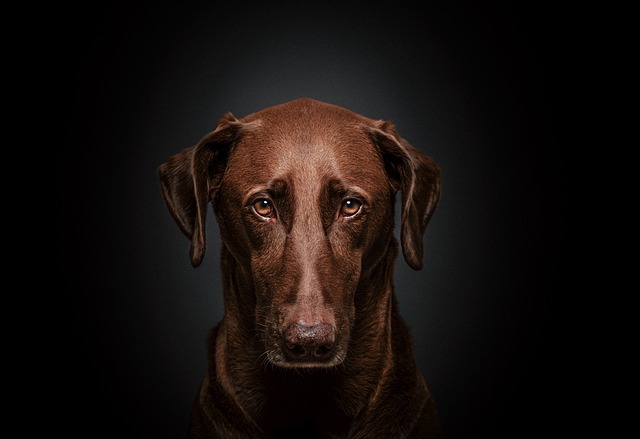 Check your local rules about dogs in public spaces, even for puppies. Many cities require leashes in parks and have fines for off-leash pets, even during training. Some areas also have specific “dog relief zones” in apartments or neighborhoods—using these keeps you compliant and teaches your pup where it’s okay to go. Keeping a small bag to pick up waste is non-negotiable almost everywhere, and it’s part of being a respectful dog owner.
Check your local rules about dogs in public spaces, even for puppies. Many cities require leashes in parks and have fines for off-leash pets, even during training. Some areas also have specific “dog relief zones” in apartments or neighborhoods—using these keeps you compliant and teaches your pup where it’s okay to go. Keeping a small bag to pick up waste is non-negotiable almost everywhere, and it’s part of being a respectful dog owner.
As your puppy gets older, slowly stretch the time between bathroom trips. A 4-month-old might handle 4 hours, and by 6 months, many can wait 6 hours. Watch for signs they need to go—pacing, sniffing, or standing by the door—and respond fast. The goal isn’t perfection overnight; it’s building a habit they’ll keep as an adult dog.
Training your puppy to pee outside isn’t just about keeping your floors clean—it’s about teaching them to fit into your daily life and follow community rules. With consistent trips, positive rewards, and patience, most puppies catch on within a few weeks. Before you know it, they’ll be waiting by the door when they need to go, turning a stressful chore into a simple part of your routine together.

Well-trained dog doesn’t just follow commands—it fits smoothly into daily life, whether you’re grabbing coffee at a local café or walking through a busy park.
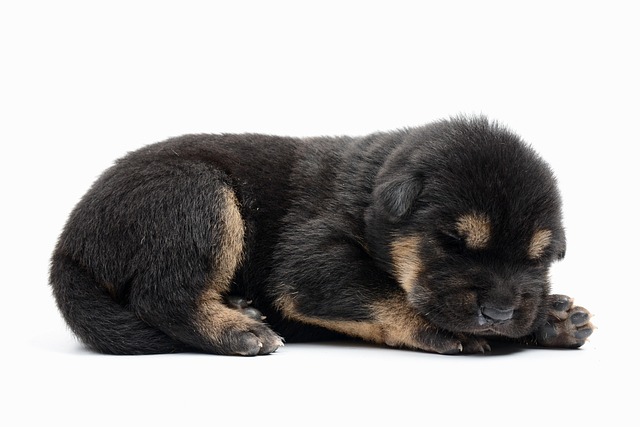
Watching your tiny puppy circle the living room carpet can make any new owner panic—but outdoor potty training doesn’t have to be stressful.

Watching your tiny puppy circle the living room carpet can spark panic—you know what’s coming next, but training them to head outside takes patience, not frustration.
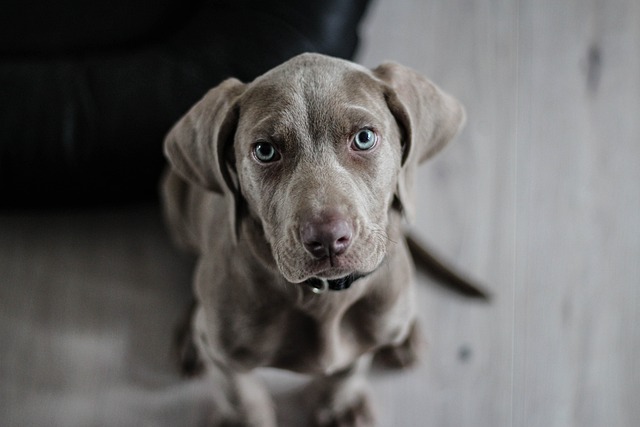
Dog obedience training isn’t just about teaching tricks—it’s how you build trust and keep your pup safe in busy neighborhoods, like when kids run by the park or a delivery truck rumbles down the street.
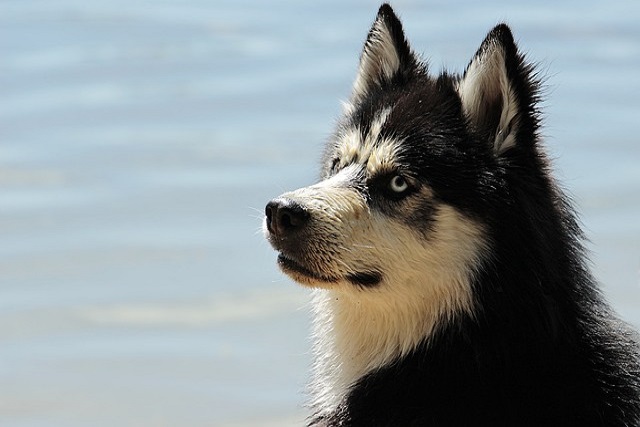
You're standing in the pet store aisle holding a collapsible metal crate, wondering if this purchase will be your new puppy's safe haven or an emotional prison.
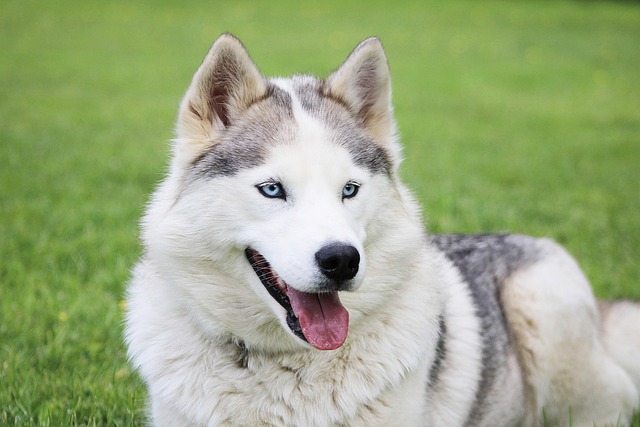
You've set up the perfect crate with a cozy bed and treats, but after three days your new rescue still whines when you close the door.